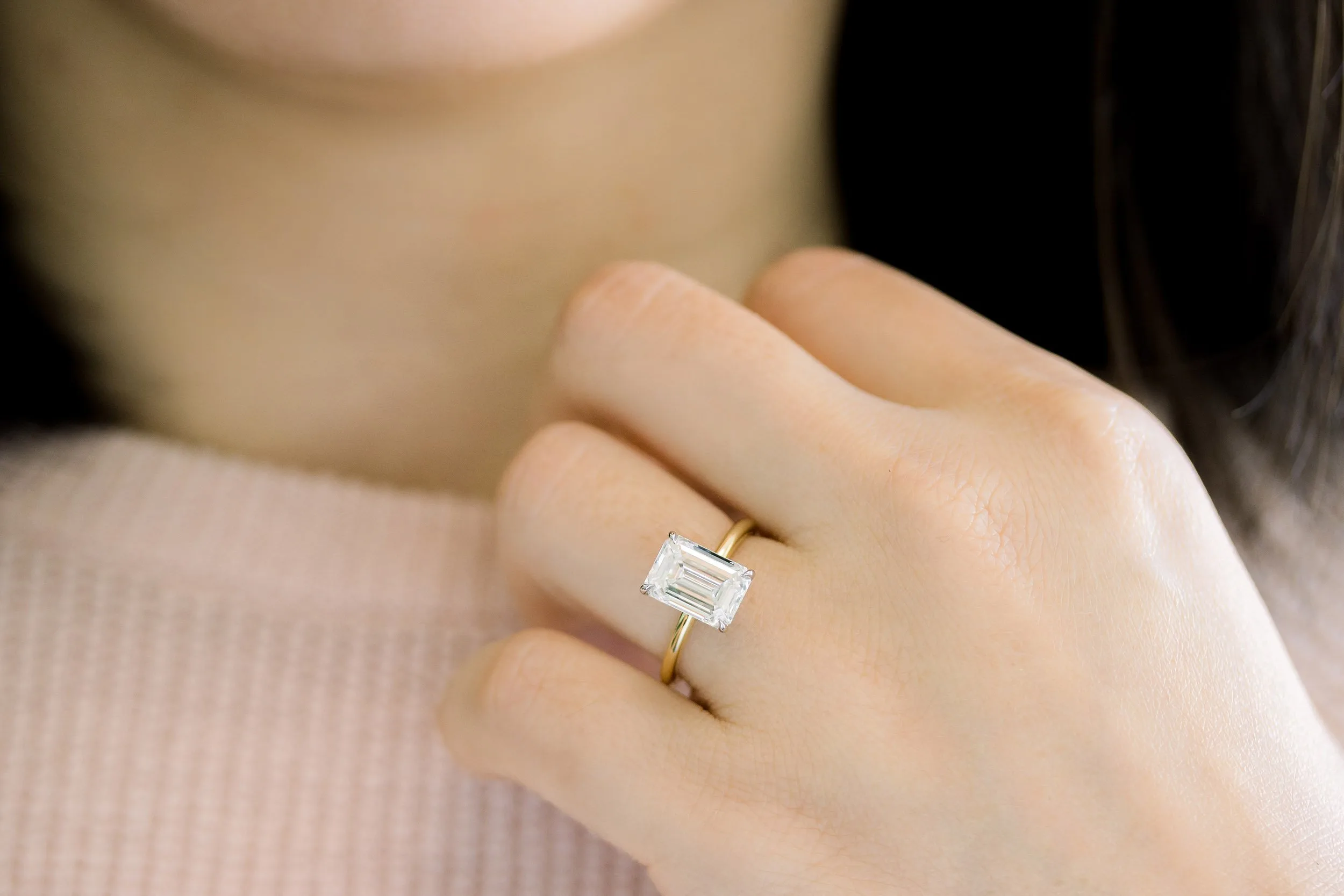Lab Diamond Cut: Understanding the Craftsmanship Behind Perfectly Sculpted Gems

Lab-grown diamonds have garnered significant attention in recent years for their ethical sourcing, affordability, and visual appeal. Despite their synthetic origin, these diamonds are chemically and structurally identical to mined diamonds, exhibiting the same beauty and durability. One crucial aspect that determines the visual impact of a diamond—whether mined or lab-grown—is its cut. In this article, we explore the intricacies of lab diamond cuts, their impact on a diamond’s appearance, and the factors that contribute to a perfect cut.
The Importance of Diamond Cut
When we talk about the “cut” of a diamond, we’re referring to the angles, proportions, and symmetry of its facets. These characteristics play a significant role in determining the diamond’s brilliance, fire, and scintillation—the qualities that make a diamond sparkle and captivate the eye.
A well-cut diamond reflects light internally from one facet to another, dispersing it through the top, creating a dazzling display of colors. In contrast, a poorly cut diamond may leak light through the sides or bottom, resulting in a dull or lifeless appearance. Thus, a diamond’s cut is often considered the most important of the four Cs (cut, color, clarity, carat) in determining its overall quality and visual appeal.
Lab Diamond Cut: Precision and Consistency
Lab-grown diamonds are produced using advanced technologies like Chemical Vapor Deposition (CVD) and High Pressure High Temperature (HPHT). These processes yield diamonds with consistent structure and fewer impurities, providing an ideal foundation for cutting and shaping.
One significant advantage of lab-grown diamonds is the level of precision and consistency that can be achieved in their production. Since lab-grown diamonds are created under controlled conditions, they are generally more uniform in size and shape compared to their mined counterparts. This consistency allows gem cutters to work with greater accuracy, achieving the ideal proportions and symmetry required for an exceptional cut.
Types of labor diamanten schliffs
The most common diamond cuts are round brilliant, princess, cushion, emerald, oval, pear, marquise, radiant, and asscher, among others. Each cut has unique characteristics that influence its appearance and suitability for different jewelry designs.
- Round Brilliant Cut: This is the most popular cut, known for its exceptional brilliance and fire. It has 58 facets, allowing for optimal light reflection.
- Princess Cut: A square or rectangular cut with pointed corners, offering a contemporary and sleek look.
- Cushion Cut: A blend of round and square shapes with softened corners, providing a romantic and classic appearance.
- Emerald Cut: Characterized by long rectangular facets, this cut emphasizes clarity and elegance over brilliance.
- Oval Cut: Similar to the round brilliant, but with an elongated shape that creates the illusion of a larger stone.
- Pear Cut: Resembling a teardrop, this cut combines elements of the round brilliant and marquise cuts, providing a unique and elegant look.
Choosing the Perfect Cut for Your Lab Diamond
When selecting a lab-grown diamond, the cut should be a primary consideration. Here are a few tips to help you choose the right cut for your preferences:
- Consider Your Style: Different cuts complement different styles of jewelry. For classic looks, the round brilliant or princess cut might be ideal, while the emerald or cushion cut may be better suited for vintage-inspired designs.
- Evaluate Light Performance: A well-cut diamond will exhibit brilliance, fire, and scintillation. Ask for grading reports from reputable gemological labs to ensure the diamond meets high standards for cut quality.
- Think About Practicality: Some cuts, like the princess and pear, have pointed corners that may be prone to chipping. Consider your lifestyle and how you plan to wear the diamond when choosing a cut.
- Consult with Experts: Jewelers and gemologists can provide valuable insights into which cut best suits your needs and preferences. Don’t hesitate to seek professional advice when making your decision.
In summary, the cut of a lab-grown diamond is a critical factor that determines its visual appeal and overall quality. With precise technology and consistent production diamanten 4Cs, lab-grown diamonds offer a unique opportunity to achieve perfectly sculpted gems. By understanding the different cuts and their characteristics, you can make an informed choice and find the perfect lab diamond to suit your style and preferences.






